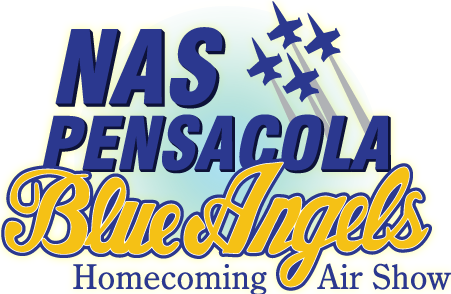Performers
 U.S. Navy Blue Angels
U.S. Navy Blue Angels
The Blue Angels flight demonstration team is more than just a group of individuals brought together to represent the United States Navy and Marine Corps. This team combines the best and brightest at the top of their craft. Their camaraderie and chemistry ensure the team mission is more than just a job – it’s a passion!
In 1946, the Chief of Naval Operations, Admiral Chester Nimitz, had a vision to create a flight exhibition team in order to raise the public's interest in naval aviation and boost Navy morale. In the 1940's, we thrilled audiences with our precision combat maneuvers in the F6 Hellcat, the F8 Bearcat and the F9 Panther. During the 1950's, we refined our demonstration with aerobatic maneuvers in the F9 Cougar and F-11 Tiger and introduced the first six-plane delta formation, still flown to this day. By the end of the 1960's, we were flying the F-4 Phantom, the only two seat aircraft flown by the delta formation. In 1974, we transitioned to the A-4 Skyhawk, a smaller and lighter aircraft with a tighter turning radius allowing for a more dynamic flight demonstration. In 1986, we celebrated our 40th Anniversary by unveiling the Boeing F/A-18 Hornet. In 2021, we transitioned to our current aircraft the Boeing F/A-18 Super Hornet and celebrated our 75th anniversary.
In 1949, it became necessary for the Blue Angels to operate a support aircraft to move personnel and equipment between show sites. These support aircraft including the Douglas R4D SkyTrain, the Curtiss R5C Commando, the Douglas R5D Skymaster, and the Lockheed C-121 Super Constellation. In 1970 the team received the Lockheed Martin C-130, affectionately known as "Fat Albert." In 2020, "Fat Albert'' transitioned to its current platform, the C-130J Super Hercules.






















